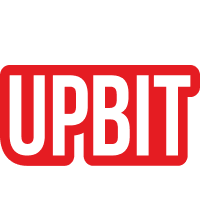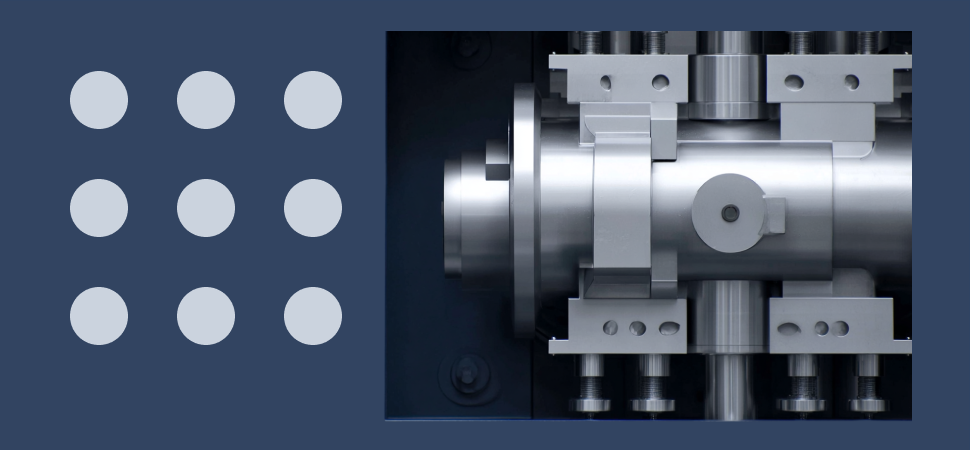Over the past few years, large language models have become more than just autocomplete engines for code; they have started to take on the role of collaborators in real software development. Yet the boundary of what they can achieve is still strongly tied to their ability to sustain context over time. A model can often write a neat function, or even help with a small module, but when the task stretches into hours of development—designing a system, writing dozens of interdependent files, testing and fixing errors—its reliability begins to collapse. What we are watching here is not unlike what physicists see when they try to confine plasma inside magnetic fields: everything looks stable for a while, until the natural forces of instability tear the structure apart.

Long-Horizon Challenges: Sustaining Context in Code
The recent research from METR on long-task completion makes this analogy particularly vivid. They measured how reliably models can finish tasks that take humans different amounts of time. For short problems, equivalent to just a few minutes of human work, today’s models succeed almost every time. But as the horizon stretches into hours, success rates drop sharply. This echoes the history of fusion research: early tokamaks could keep plasma stable for milliseconds, then seconds, and now machines like WEST or Wendelstein 7-X are pushing into minutes and even beyond. Each new step requires solving for deeper instabilities, better materials, and more precise control. In much the same way, extending the programming horizon of LLMs requires more than simply adding parameters or more GPUs—it requires architectural changes that stabilize reasoning across time.
Programming is especially unforgiving in this regard because code is brittle. One small error in logic or syntax, left unchecked, propagates and eventually causes the entire system to fail. In plasma, a small fluctuation at the edge can trigger turbulence that collapses the confinement. Both domains live with the same physics of fragility: short bursts are easy, but sustained operation demands mastery over cascading failure modes. The difference is only in medium—magnetic fields on one side, symbolic reasoning and memory on the other.
Ignition and the Frontier of AI-Driven Development
There is also the question of ignition. In fusion, ignition means the plasma produces more energy than is poured into it, becoming self-sustaining. In software, we might define ignition as the point where a model can autonomously complete a project of significant length—say, a week of human engineering work—without collapsing into contradictions or requiring constant correction. At that point, the model isn’t just producing code snippets, it is carrying a thread of intention from design through implementation to debugging and delivery. METR’s data suggests that the horizon of such abilities is growing exponentially, doubling every several months. If that trajectory holds, we may soon see LLMs crossing into the ignition point for programming projects, handling software tasks end-to-end with limited supervision.
The engineering challenges ahead mirror those of fusion. To confine plasma longer, physicists invent new ways of shaping magnetic fields, new materials to withstand the bombardment, and feedback systems to dampen turbulence. To extend programming ability, researchers will need new forms of memory, abstraction, and self-correction that allow models to resist the drift of attention and the accumulation of subtle mistakes. It is not enough to simply “scale up”—the system must be designed for stability over time, or the longer the task, the more certain the collapse.
Both domains capture a kind of frontier spirit. Holding plasma at hundreds of millions of degrees for minutes is as audacious as asking a statistical model to reason coherently over tens of thousands of steps. Each success, however incremental, opens the door to a future where energy and intelligence can be harvested in steady flows, not fleeting sparks. For programming in particular, that future means moving from copilots that autocomplete lines to partners that sustain projects. The confinement of plasma and the confinement of context are parallel challenges of our age, and solving them will change the structure of civilization in ways we are only beginning to imagine.

